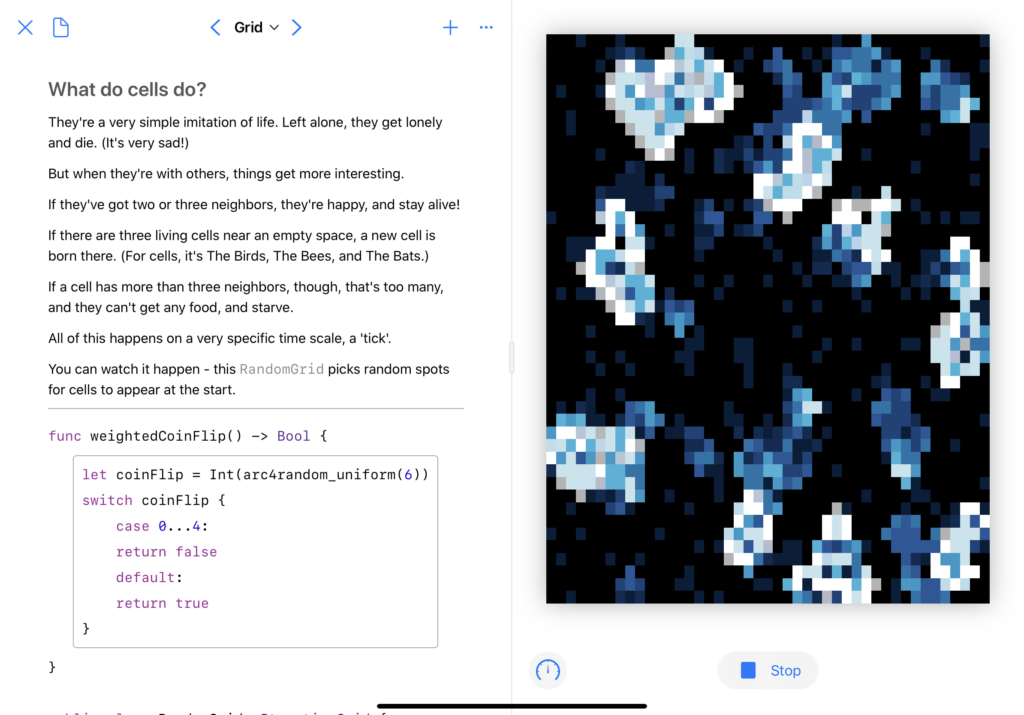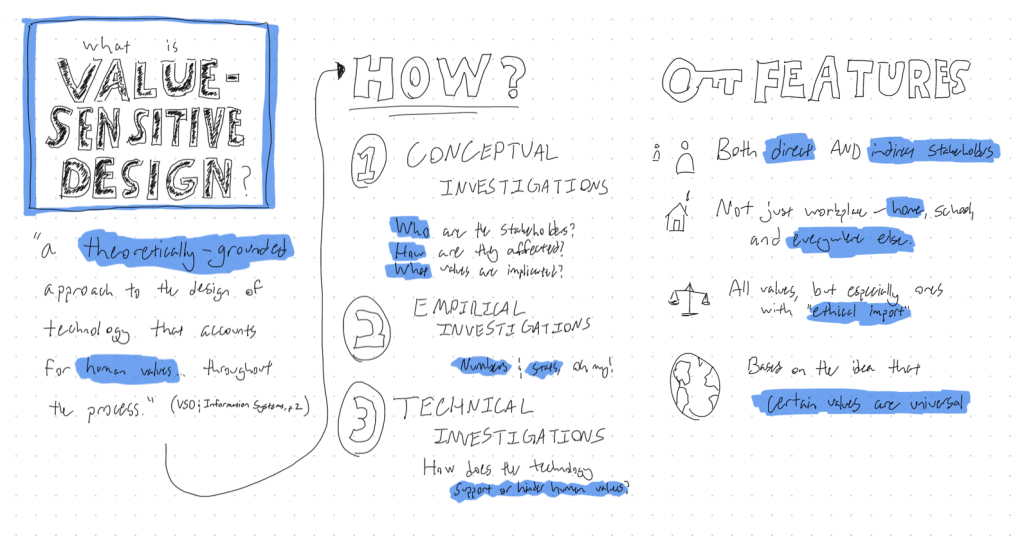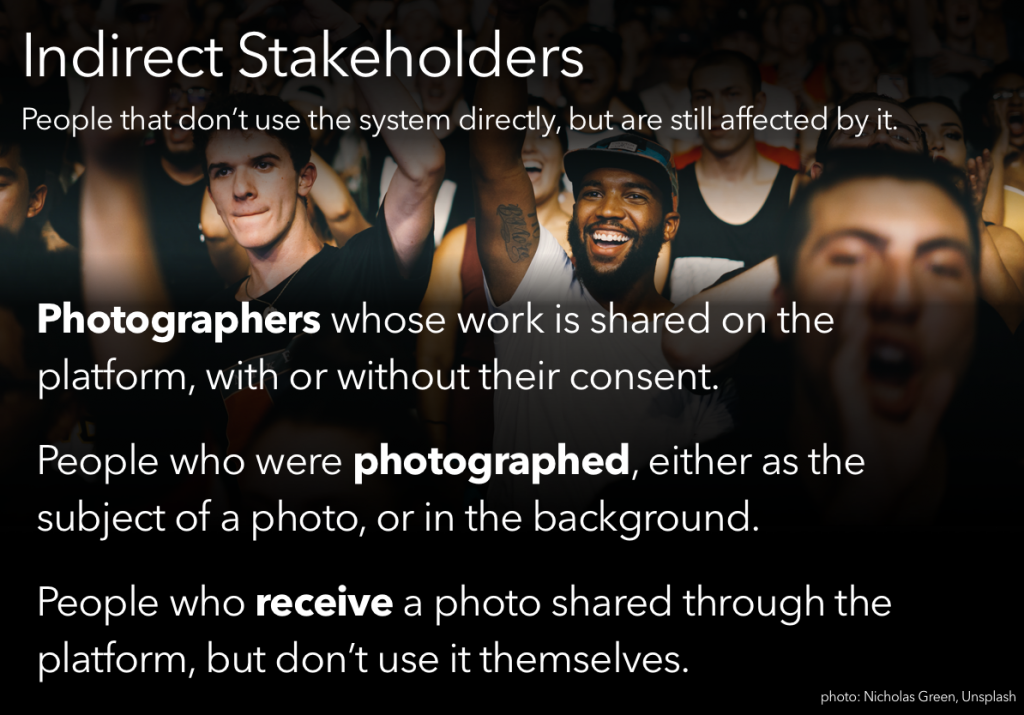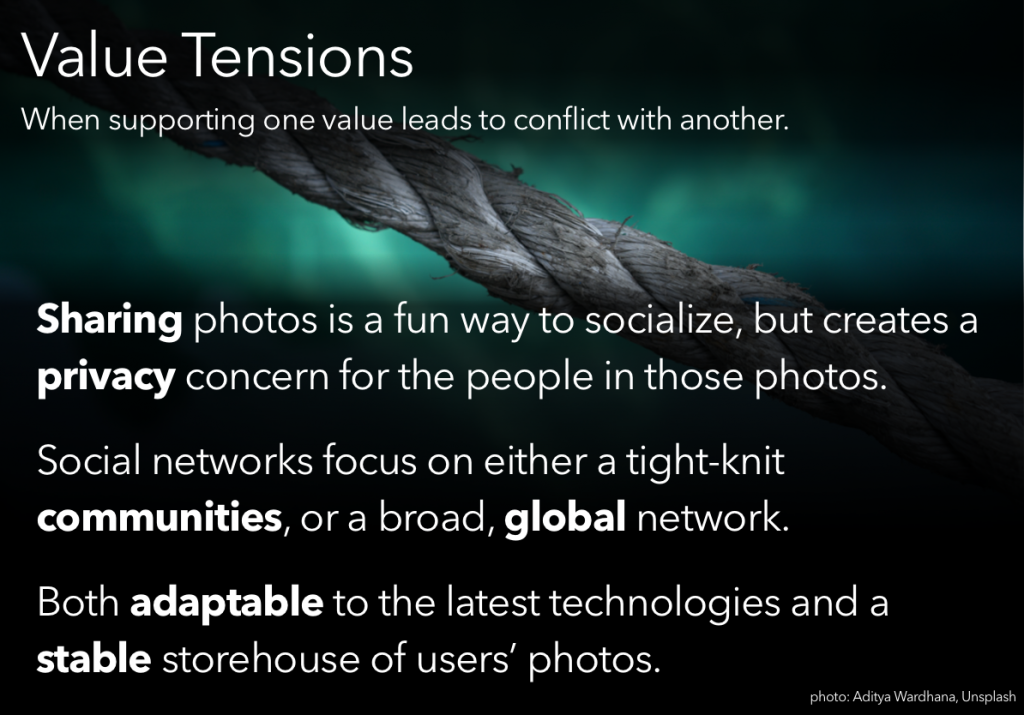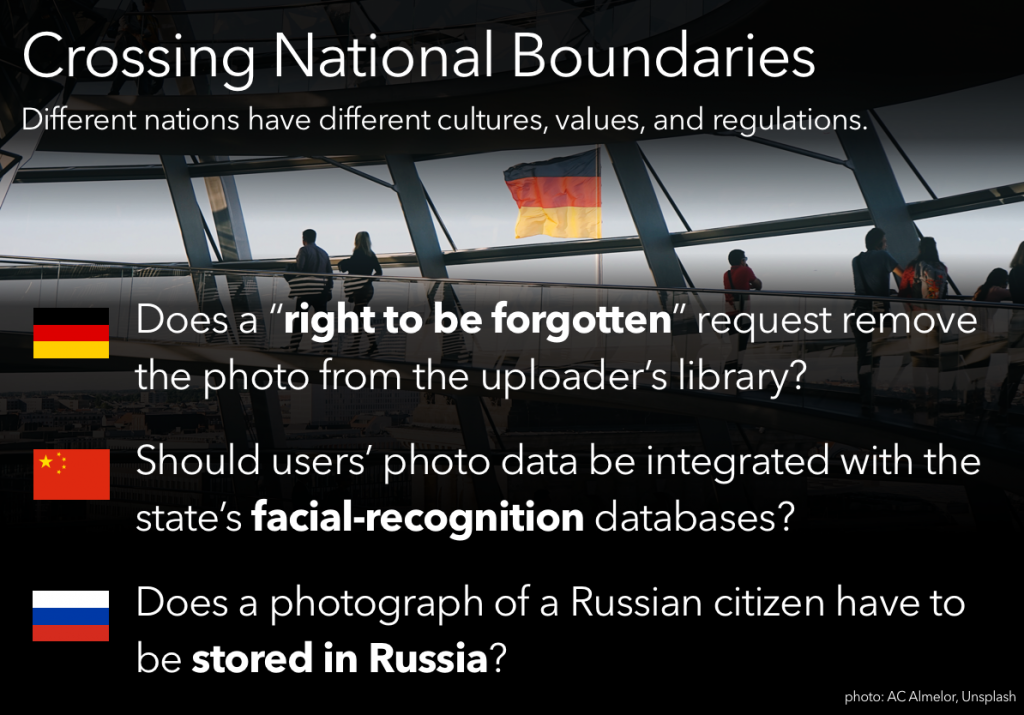This is an essay I wrote for a class I took in the fall of 2016 titled “Austrian Politics and Society in a European Context.” I’ve decided to publish it here because… why not?
In the wake of the fall of the Union of Soviet Socialist Republics, the world was left massively changed. The era of two superpowers had ended; for a while, the world lived under the hegemony of the United States of America. That era, too, has come to an end, though a much quieter one: new superpowers have begun to develop. China is coming into its own as a world power; India has high aspirations that have yet to be realized; the Russian Federation has, under the control of Vladimir Putin, used the legacy of the Soviet Union to re-emerge as a military superpower, if not an economic one. The most interesting emergent superpower, however, is the European Union: rebuilt in the wake of the Second World War by the United States as a colony-esque bulwark against the spread of Communism, it has become an economic powerhouse to rival the United States. The European Union, thanks to its history of US-backed construction, has the most in common with the reigning hegemon; it does, however, have some key differences. It is these similarities and differences that will be examined in this paper.
The core institutions of the European Union (E.U.) are, in writing at least, more complex a structure than those of the United States (U.S.A.): while the E.U. has seven key institutions, the government of the U.S.A. is split into three. What is, in the U.S.A., the Executive Branch of the government is in the E.U. distributed across several institutions: the European Council, combining the heads of state of all the member nations into a President-by-committee; the European Commission, to handle the day-to-day functionality of the E.U. in all its aspects; the European Central Bank, coordinating the monetary policy of the E.U.; and the Court of Auditors, ensuring that the monetary policy and budgetary strictures of the E.U. are actually being followed. The Legislative Branch is, similarly to the U.S.A., a bicameral structure, though split into the Council of the European Union and the Parliament, rather than into a Senate and House as in the United States. The Judicial Branch in the U.S.A. is closely matched in structure by the European Court of Justice in the E.U.: the Court of Justice itself at the top, in answer to the Supreme Court of the U.S.A., with a network of lower courts beneath it.
Within these structures are further differences. One of the most visible differences is in the party systems of the two unions. In the U.S.A., two parties have nigh-on absolute control of the political system: the liberal Democrats and the conservative Republicans. Smaller parties exist, but none are large enough even to have ballot access in every state, making them largely irrelevant on the national playing field. In the E.U., the political system allows for representation of more parties: in the current European Parliament, seven different parties are represented amongst the 762 Members of the European Parliament (M.E.P.s), and 31 M.E.P.s are listed as “unattached” – generally referring to an affiliation with a party that exists only within their member state, and not across the E.U. as a whole. A point of similarity across both, however, is the existence of partisan politics – the vitriolic nature of the recent election in the U.S.A. demonstrates the prevalence of blind party loyalty. The E.U., as well, is to some degree guilty: take, for example, the actions of the European People’s Party to shield Hungary’s Orban government from criticisms in the European Parliament.
The varying parties are not the only way in which the two superpowers differ. The U.S.A. has always had a common foreign policy; it is one of the rights granted to the President and the Congress by the Constitution. In the E.U., this is not so – though the Treaty of Lisbon created the office of the High Representative of the Union for Foreign Affairs and Security Policy, the powers of that seat are still limited largely to defense and security policy. The other core difference between the two is in their sources of revenue: the U.S.A. is able to levy taxes directly, while the E.U. income is a mix of direct contributions from member nations, a very small percentage of the E.U.-wide Value Added Tax, and import duties on non-E.U. goods. This creates a sharp difference between the amount of monetary force the organizations are able to throw behind their various initiatives. For example, the United States federal research and development budget for 2017 is almost the same as the entirety of the E.U. budget for the same time period. The budgetary differences alone are enough to guarantee that the federal government of the U.S.A. is much more powerful, relatively, than the E.U. is in relation to its member states.
Economic differences, however, are not the only reason that the federal government of the U.S.A. holds more power than the institutions of the E.U.: the largest part of this difference is due to the set of powers given directly to the organizations. In the E.U., this list of powers (or rather, competences, as they are termed by the organization) is fairly concise: the creation of a customs union, the ability to create competition rules to maintain the internal market, Eurozone monetary policy, the common commercial policy, a limited ability to conclude international agreements, and the common fisheries policy for the conservation of marine biological resources. In the United States, that same list of fiscal powers is given to the national government, but has several additions on top of that. These additions include the full spectrum of foreign policy, notably the declaration of war; the creation of the armed forces, as an extension of foreign policy; the creation of post offices; and the ability to create any law that is “necessary and proper” to carry out those other powers. And, of course, the fact remains that the E.U. does not have the capability to levy taxes, while the federal government of the U.S.A. shares that ability with the states. At their root, the two superpowers have a very different stance on the centralization of power; as a result of this, the governance of the U.S.A. is much more cohesive than that of the E.U.
Economically, the two have quite a bit in common: they are the two most powerful economies in the world, and sit comfortably at the top of the “developed” economies list. The top ten companies worldwide, by revenue, includes three U.S. corporations and three E.U. corporations, in a mixed order. The picture changes a bit when sorted by profitability: the three Chinese state-owned and the Japanese contender all vanish… as do the three E.U. corporations. Instead, the list becomes entirely U.S. companies, mostly financial services firms but made incredibly top-heavy by the presence of Apple. In both finance and information technology, the U.S.A. has a strong lead over the E.U., a gap that may grow larger with the pending Brexit talks: not only will Britain take BP (the 10th-largest company in the world) with her when she goes, but with her goes London, the “financial capital of the world.”
At the governmental level, more similarities and differences are evident: the U.S. Dollar remains one of the world’s strongest currencies, and serves as the official currency of the entirety of the U.S.A., as well as a remarkably long list of other countries. The Euro, though nearly as strong, lacks the historical backing of the dollar, and theoretically only applies to those member states that meet the requirements to join the Eurozone – though, one should note, that a few non-Eurozone member states use it as their official or de facto currency, and the membership requirements for the Eurozone have not always been met by its members. The central banks of the two superpowers have similar levels of power, though their response to the global financial slump in the 2000s was quite different: the European Central Bank focused on containing inflation, while the Federal Reserve System in the U.S.A. was much more active in restoring the U.S. economy. There is also a notable weakness in the European banking system, thanks in no small part to the different division of power: the lack of a strong pan-European banking union. In the U.S.A., the Federal Deposit Insurance Company provides deposit insurance to member banks, providing a strong signal of trustworthiness for member banks to show to their customers; the E.U. does not yet have anything of a similar scale.
By far the largest difference between the two powers, however, is defense spending. The U.S.A. famously spends more than $500 billion per year on defense, while the E.U. as a whole spends less than half what the U.S.A. does. Per capita, the difference is even larger: the U.S.A. comes in as the third-largest per-capita spender at just under $2,000 per person per year, while across the E.U. the spending averages just under $350 per person per year. This disparity likely arises from the history between the two: during the Cold War, the U.S.A. and the Soviet Union seemed poised, at all times, to turn Europe into a battlefield once more. As a result, the U.S.-backed North Atlantic Treaty Organization (NATO) poured more and more military resources into Europe. When the Soviet Union fell, NATO did not, and has left Europe with a strong military defense that is, by and large, funded by the U.S. taxpayer. The continued presence of U.S. personnel and matériel in Europe, then, helps to reduce the need for either European states or the European Union as a whole to seriously invest in their own military.
The ongoing presence of NATO is not the sole reason for less military spending in Europe than in the U.S.A.: another significant contributing factor is the cultural differences between the two. Taken as a whole, the U.S.A. is significantly more in favor of violence than the E.U., in a variety of ways. The most visible, of course, is their policies on guns: the Second Amendment has ensconced the right to ownership of weapons in U.S. law for centuries; the E.U. makes no such constitutional provision, and, in fact, has been working to limit gun access across the entire E.U. As a people, Europeans like guns less than Americans: there are three guns in private hands for every ten Europeans, while the figure in the U.S.A. is nine guns to every ten people. Even their response to gun violence differs massively, with a requirement for E.U. membership being a ban on the death penalty; compare this to the U.S.A., where in the 2016 election three states passed ballot measures that implemented or re-implemented capital punishment. On punishment in general, the U.S.A. is harsher than the E.U., with nearly six times as many prisoners per 100,000 people. Even the most punishment-happy E.U. country – Lithuania, with 254 of every 100,000 people incarcerated – only imprisons people at a third of the rate of the U.S.A.
This stands out as an area of heavy government involvement for a nation that generally prefers their leadership to have a light touch. As a whole, the people of the U.S.A. tend to be very individualistic, and regard their own work ethic and abilities as the primary, if not only, driving force behind their success or lack thereof in life. This stands in contrast to the peoples of the E.U., who generally see success in life as being determined by forces outside their control; in Germany, the strongest economy within the E.U., less than a third of the population agreed with the individualistic mindset of the U.S.A. In a similar vein, the origins of the European welfare state are fairly visible in the ideals of the E.U. population – Americans largely want to be left to achieve their goals alone, while Europeans would rather their governments “guarantee that no one is in need.”
This is not to say that Americans and Europeans disagree on everything – the U.S.A. and the E.U. form the core of what is regarded as “the West,” pitted against the forces of the East – the former Soviet Union, and now, the growing power of China. For the people of the West, democracy is a core ideal, and the freedoms that come with it and help to ensure it are of great importance to the peoples of the U.S.A. and the E.U. both. Religious freedom is fairly important to both superpowers, but they differ significantly in where they come from that stance: Europe, long the bulwark of Christianity, has fallen from that position as their increasing wealth brings decreasing belief in god. The U.S.A., meanwhile, is considered “the great exception” – a country that is both wealthy and deeply religious; the bastion of Christianity, maintaining belief when the original stronghold fell.
The U.S.A. is unified by more than just belief in the Bible. Perhaps the most important unifying factor for the country is the fact that the entire population shares a single language – only seven percent of the population does not speak English to some degree or another. Within the E.U., no such universal language exists – English is the most broadly-spoken language within the E.U., and only a third of the population can speak it. This, obviously, can make communication difficult across the E.U.: Europeans regard translation as an important part of life, if not an every-day component of it. For the average U.S. citizen, though, such a thought is unlikely to enter their mind – there are a variety of jokes told that riff on the concept of U.S. citizens telling tourists or immigrants to “speak American” when they hear a language other than English being used. Jingoism aside, having a single common language allows for other commonalities – like the existence of a single news network to cover the entire country. Though the U.S.A. does not have a single news network covering the country, it does have networks that provide nationwide coverage – CNN, ABC, and Fox all jockeying for ratings across the entire country. There is no pan-European news network, however; the closest analogue would be broadcast news that cycles through coverage in multiple languages.
The E.U. has more problems with unity than just the lack of a common language across the E.U.: it also lacks a cohesive culture. Within the U.S.A. there are different subcultures: each state has their own identity, and different regions also have theirs. But some things are universal: the nation comes together to watch the Super Bowl, to light off fireworks on the 4th of July, and to never forget 9/11. Europe has an answer to the first in the World Cup, but there is no European Independence Day, and no shared day of mourning. The U.S.A. has their share of heroes – Abraham Lincoln may be a bit controversial in the South, and Stonewall Jackson similarly so in the North, but George Washington, Thomas Jefferson, and Andrew Hamilton are fairly universal in their appeal. Though the Commission has tried to create a list of founding fathers of the E.U., for one reason or another they have not picked up the same amount of dramatic flair. Looking further back into history, each country has their own heroes, from Empress Maria Theresia for the Austrians to Napoleon for the French. But each of these heroes is a villain in another place: Maria Theresia was a religiously oppressive empress, and Napoleon did so much damage to Europe in his wars that he was sent to exile multiple times. There are no universal European heroes, as of yet, and with neither heroes nor language in common, the citizens of the E.U. can find it difficult, at times, to see anything truly keeping them together. This lack of a coherent identity is an ongoing problem faced by the leadership of the E.U., though hopefully they will find a way to address it before it pulls the E.U. apart at the seams.
After the dissolution of the Soviet Union, the world has gone through a series of major changes. Fortunately, the age of unilateral rule by the U.S.A. was a short one, and new superpowers rose to counterbalance U.S. power. The E.U., as one of these counterbalancing powers, has the most in common with the U.S.A., but they are certainly not the same. Politically, the two have strong structural differences, from the further division of high-level power present in the E.U. to the relatively lesser powers of the states within the U.S.A.. The relationship between the two is interesting due to the split in power present in the E.U. – some foreign relations are handled at the E.U. level and others at the per-state level. Nonetheless, both are democratic organizations and are unified by their devotion to those ideals.
The U.S.A. has remained the dominant world superpower thanks to having a blend of both hard and soft power – the U.S. military is second to none, and the country remains the most powerful single economies in the world. The E.U., though lacking in any real amount of hard power, is a strong contender for the coveted spot of top global economy. The development of the Euro has brought the countries of the Eurozone closer together, though not without some bumps along the way.
Finally, the two superpowers are culturally very similar – both are, almost by definition, Western civilizations. Both value democracy highly, though the manners in which they do this vary – the people of the United States tend to be more individualistic than their counterparts in the European Union. More than just that divides them – the United States has a strong identity as a country, while the European Union is still struggling to establish such a concept of itself as a coherent whole. This is not expressed solely in the opinions of the people that make up the two superpowers: it is also eminently visible in the different degrees to which the two have centralized power. In sum, though the European Union and the United States of America have some key differences, they also have a great deal in common.
Bibliography
European Commission: “Special Eurobarometer 386: Europeans and Their Languages“ http://ec.europa.eu/public_opinion/archives/ebs/ebs_386_en.pdf Published 2012-06, accessed 2016-11-20
FIFA: “2010 FIFA World Cup South Africa Television Audience Report” http://resources.fifa.com/mm/document/affederation/tv/01/47/31/11/additionalkeyresults.pdf Accessed 2016-11-20
Matthias Matthjis and R. Daniel Kelemen: “Europe Reborn: How to Save the European Union from Irrelevance” from January/February 2015 issue of Foreign Affairs
Statistica: “TV viewership of the Super Bowl in the United States from 1990 to 2016 (in millions)” https://www.statista.com/statistics/216526/super-bowl-us-tv-viewership/ Accessed 2016-11-20
Stockholm International Peace Research Institute: “SIPRI Military Expenditure Database” https://www.sipri.org/databases/milex Accessed 2016-11-20
Tom Dyson and Theodore Konstadinides: “Understanding the Limitations of the EU’s Common Security and Defence Policy” http://www.e-ir.info/2013/09/26/understanding-the-limitations-of-the-eus-common-security-and-defence-policy-a-legal-perspective/ Published 2013-09-26, accessed 2016-11-15
Ballotpedia: “List of Political Parties in the United States.” https://ballotpedia.org/List_of_political_parties_in_the_United_States Accessed 2016-11-15
BBC News In Depth: “World Prison Populations” http://news.bbc.co.uk/2/shared/spl/hi/uk/06/prisons/html/nn2page1.stm Accessed 2016-11-20
BBC News: “Greece admits fudging euro entry” http://news.bbc.co.uk/2/hi/business/4012869.stm Published 2004-11-15, accessed 2016-11-20
Charter of Fundamental Rights of the European Union http://www.europarl.europa.eu/charter/pdf/text_en.pdf Accessed 2016-11-20
CNN Money: “Europe’s gun laws are about to get even tougher” http://money.cnn.com/2016/01/05/news/gun-control-europe-new-laws/ Published 2016-01-05, accessed 2016-11-20
Dae Woong Kang, Nick Ligthart, and Ashoka Mody:“The ECB and the Fed: A comparative narrative” http://voxeu.org/article/ecb-and-fed-comparative-narrative Published 2016-01-19, accessed 2016-11-20
EUR-Lex: “Directive 94/19/EC of the European Parliament and of the Council of 30 May 1994 on deposit-guarantee schemes” http://eur-lex.europa.eu/legal-content/EN/ALL/?uri=CELEX:31994L0019 Accessed 2016-11-23
EUR-Lex: “Division of competences within the European Union” http://eur-lex.europa.eu/legal-content/EN/TXT/?uri=uriserv%3Aai0020 Accessed 2016-11-20
Europa: “Budget” https://europa.eu/european-union/topics/budget_en Accessed 2016-11-15
Europa: “How is the E.U. funded?” https://europa.eu/european-union/about-eu/money/revenue-income_en Accessed 2016-11-15
Europa: “The Founding Fathers of the EU” https://europa.eu/european-union/about-eu/history/founding-fathers_en Accessed 2016-11-20
Fortune: “Global 500” http://beta.fortune.com/global500/ Accessed 2016-11-20
Fortune: “Top 10 Most Profitable Fortune 500 Companies in 2015” http://fortune.com/2016/06/08/fortune-500-most-profitable-companies-2016/ Accessed 2016-11-20
infoplease: “Powers of the Government” http://www.infoplease.com/ipa/A0877699.html Accessed 2016-11-20
International Monetary Fund: World Economic Outlook: “Statistical Appendix” http://www.imf.org/external/pubs/ft/weo/2016/02/pdf/statapp.pdf Published October 2016, Accessed 2016-11-20
It’s Your Parliament .eu: “Groups.” http://www.itsyourparliament.eu/groups/ Accessed 2016-11-15
KennedyPearce Consulting: “London vs New York: Which is the world’s financial capital?” http://www.kennedypearce.com/worlds-financial-capital/ Accessed 2016-11-20
Pew Research: “5 ways Americans and Europeans are different” http://www.pewresearch.org/fact-tank/2016/04/19/5-ways-americans-and-europeans-are-different/ Published 2016-04-19, accessed 2016-11-20
Pew Research: “Support for Democratic Principles” http://www.pewglobal.org/2015/11/18/1-support-for-democratic-principles/ Published 2015-11-08, accessed 2016-11-20
Reuters: “Death penalty gains new support from voters in several U.S. states” http://www.reuters.com/article/us-usa-election-execution-idUSKBN1343C7 Published 2016-11-09, accessed 2016-11-20
Strasbourg l’européene: “Detailed explanations about the Institutions of the European Union.” http://en.strasbourg-europe.eu/detailed-explanations-about-the-institutions-of-the-european-union,3214,en.html Accessed 2016-11-15.
Timothy Garton Ash: “Europe as Not-America” from Free World
U.S. Census Bureau: “ Language Use in the United States: 2011” https://www.census.gov/prod/2013pubs/acs-22.pdf Published 2013-08, accessed 2016-11-20
USA.gov: “Branches of Government.” https://www.usa.gov/branches-of-government Accessed 2016-11-15
White House Office of Management and Budget: “The President’s Budget for Fiscal Year 2017” https://www.whitehouse.gov/omb/budget Accessed 2016-11-15



